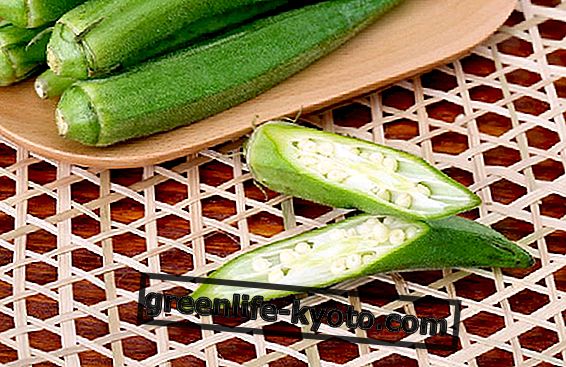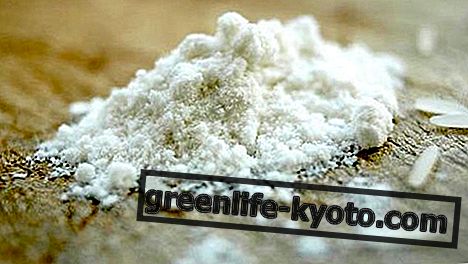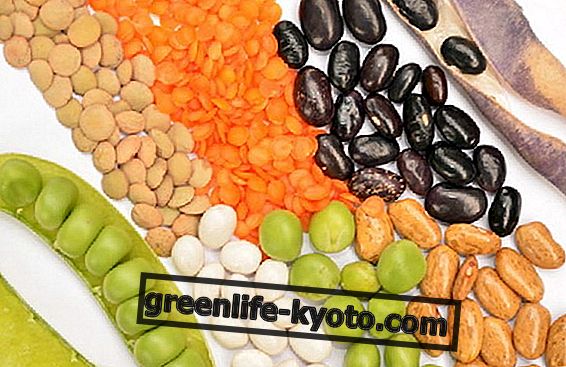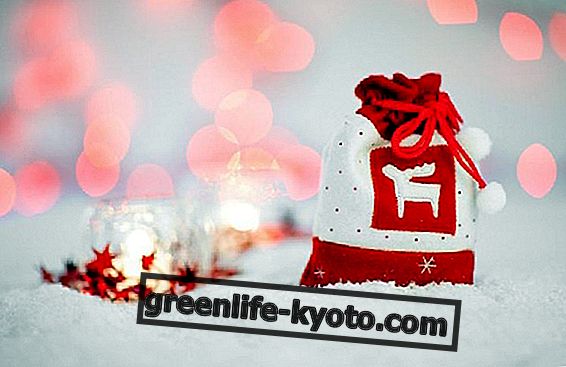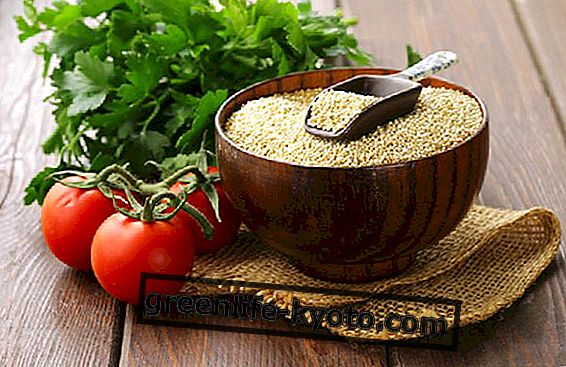The products with zero impact are eco-sustainable products with less environmental impact. They are identified based on the carbon dioxide emissions necessary to produce them. Let's find out better.
Factors that contribute to the calculation of the environmental impact and the ecological footprint

One of the great problems of our age is certainly the non-sustainability of consumption patterns and rhythms, which do not give the environment time to renew itself with its cycles, degrading pollutants and regenerating new resources.
Over the years the social conscience has started to pay more and more attention, coming to study a system to calculate the energy impact of any product (or action), calculated in carbon dioxide (CO2) emissions, considered the main cause of the greenhouse effect . We therefore speak of products with zero impact or eco-sustainability .
Energy impact
In the production of any object, which may be a food, an item of clothing or a household appliance, numerous processes based on the consumption of energy are involved, generally belonging to the sphere of combustion of gases, carbons or petroleum derivatives.
This is essential for the extraction of raw materials, for their transport, their transformation, the manufacture or assembly of a product, its distribution and its use (or consumption), the use of machinery and tools, the use of human labor, etc.
Studying these mechanisms gives us the opportunity to understand the flaws in the production and marketing systems of products, aiming to minimize the environmental impact generated.
The Life Cycle Assestment
We can talk about Life cycle assestment when we take into consideration the entire life cycle of a product and analyze its environmental impact as a whole.
This analysis includes both the phases of consumption of the product and all the phases of production, ie the extraction of raw materials, their transport and processing of the product, the manufacture of the product itself, the distribution with transport, use and the consumption of the product and at the end of the cycle how much is recyclable and reusable.
From this analysis we can assess the environmental impact of a product, the lower it is, the lower the ecological footprint, and the lower the consumption and CO2 input.
To obtain zero-impact products we try to:
- reduce the amount of raw materials
- minimize transport with the Km0 product philosophy
- work in the production and transformation phases with renewable sources
- start thinking already in the product design phase with principles that increase correct recycling or effective re-use purposes
Even synergic agriculture aims to reduce carbon dioxide emissions: find out how

Two different philosophies
It is easy to understand that reducing the energy impact of a product or an action to zero is impossible because nothing can be generated without the use and consumption of some energy source. Two different schools of thought have therefore been created to tackle the problem.
The first is that which seeks to minimize the carbon dioxide emissions generated by a product: the manufacturer will undertake to avoid any waste, to reduce the number of passages, to favor virtuous behavior, to use clean and renewable energies, to use materials recycling or eco-friendly, etc .; while the consumer will undertake to buy local products in order to reduce pollution due to transport, to avoid packaging, etc.
The other philosophy aims instead to create green areas such as forests or plantations in third world areas in order to compensate for the level of carbon dioxide emitted during production cycles. In this way, companies invest in "green lungs" capable of converting carbon dioxide regulated by the international emissions market (Kyoto Protocol).
What are zero-impact products
Currently many working and economic sectors are open to the idea of zero impact, eco-sustainability, eco-sustainability, eco-friendly.
In addition to the already known zero-impact foods, we often hear about sustainable construction, eco -friendly fashion, energy sources that do not include combustion waste, schools, clinics, offices and companies with zero impact, up to life styles with zero impact .
Attention to emissions, waste, waste, recycling and ecosystem balance is therefore adaptable to all activities, since the concept of zero impact is applied above all to the social-economic, scientific-technological, food-styles sectors. of life.
